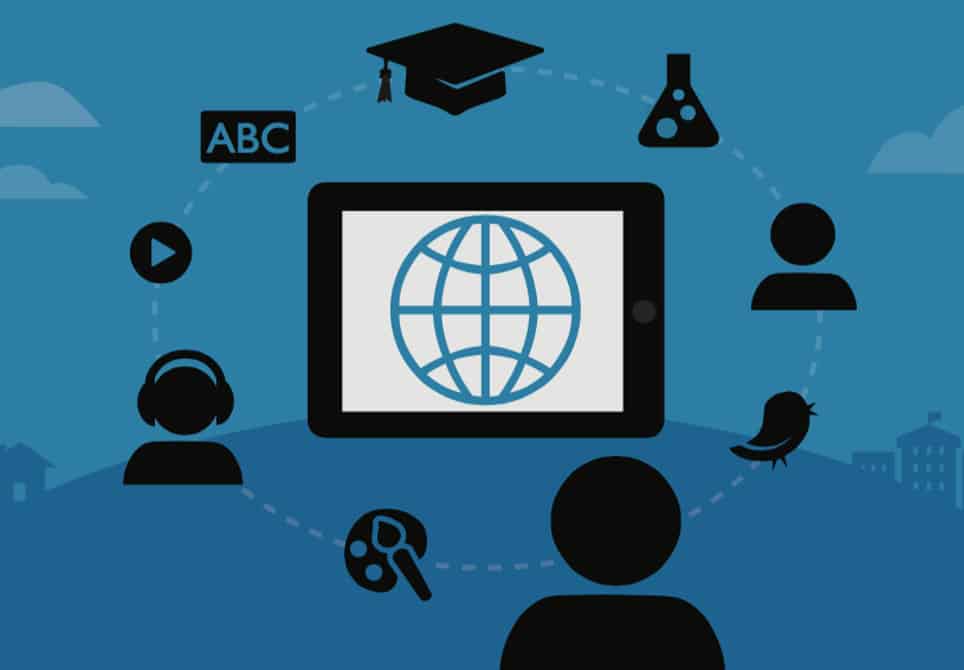One of the government responses to curb the spread of Covid-19 in Kenya, was the closure of all learning institutions across the country on 15 March, 2020. This was later followed by a directive to have learning institutions provide online learning during the lockdown period.
Read more: How Covid-19 vaccination requirements have affected international travel
Though this was a great directive to minimize the exposure to the Covid-19 virus to the large number of students (over 17 million) and teachers, it came with a lot of challenges, especially the digital divide. Digital divide is the gap between demographics and regions that have access to modern information and communications technology, and those that don’t or have restricted access.
Government Initiative
The Kenya Institute of Curriculum Development (KICD) through Edu TV and radio aired lessons on different subjects by teachers drawn from across the country during the lockdown.

Challenges
Although the initiative was great, only 20% of learners had access to the online classes. Nearly 70% of the school children live in rural areas whereby they are not able to access internet, electricity or proper education materials. Most of the rural parents were unable to support their children with the school related expenses which widened the gap with their counterparts in urban areas who were able to afford.
But, even though some parents could afford the expenses, the learning was not as effective as in-person learning. The students found it difficult to understand the lecturing concept as they were used to having in-person learning with the help of the teachers. For university and college students, the move was received with both positive and negative responses.
There was a digital divide due to lack of well-structured infrastructure in regards to the online learning. The teachers were unprepared for the shift and some did not even have knowledge on how to convey the lessons, assess the student participation levels nor evaluate the impact of the lessons offered. This led to a slow implementation process for the digital move.
The pandemic exposed the challenges in the use of technology for education due to inequalities such as lack of access to computers, learning materials, internet and electricity. This divide was mostly witnessed among parents and guardians.
“More than three-quarters of parents don’t have modern smartphones, majority of them only have phones for communication,” National Parents Association (NPA) Chairman Nicholas Maiyo said. Parents with low literacy levels and/or limited time to assist their children risked loss of learning. The digital move became frustrating as the parents were not prepared neither did they have the knowledge and skills to assist their children get adequate learning.

Community based learning
During the 10 months’ lockdown, the Ministry of Education in conjunction with other education stakeholders called for the adoption of community-based learning in the rural areas. The activities were not meant to cover the curriculum design but to engage students to ensure they maintain good personal habits. There were increased levels of teenage pregnancies, early marriages and child Labour as most parents were not able to support their children.
In attempts to cushion the family earnings, some parents engaged their children in income generating activities such as selling fruits and vegetables in the markets or assisting them in the local hotels. In the rural areas, securing food takes precedence before education and all family members have to strive to bring something to the table. This led to increase in sexual exploitation for girls who were engaging in transactional sex so as to get money for their families and also personal needs such as sanitary towels.
The covid-19 lockdown period confirmed our unpreparedness to fully digitize the education sector. There is need to prioritize investment in the sector so as to ensure access to opportunities and inclusion of stakeholders from all demographics and regions.
